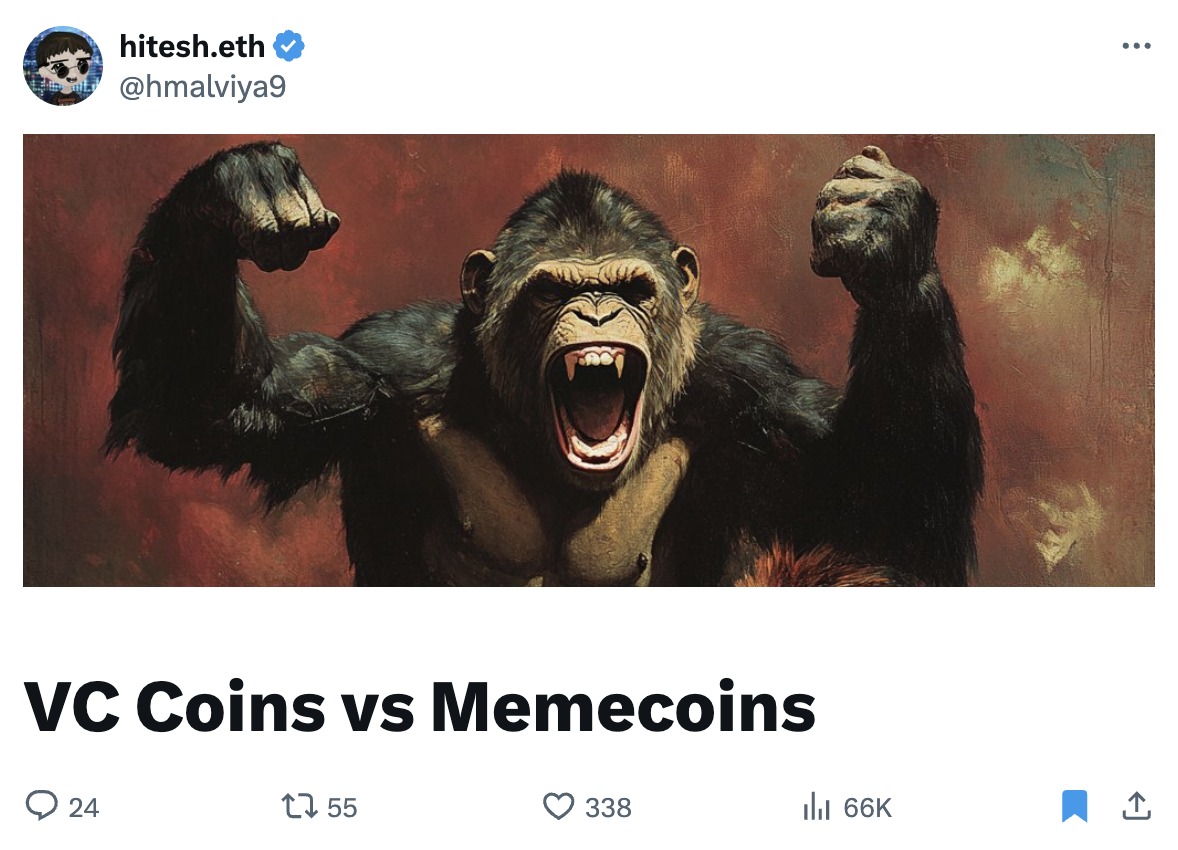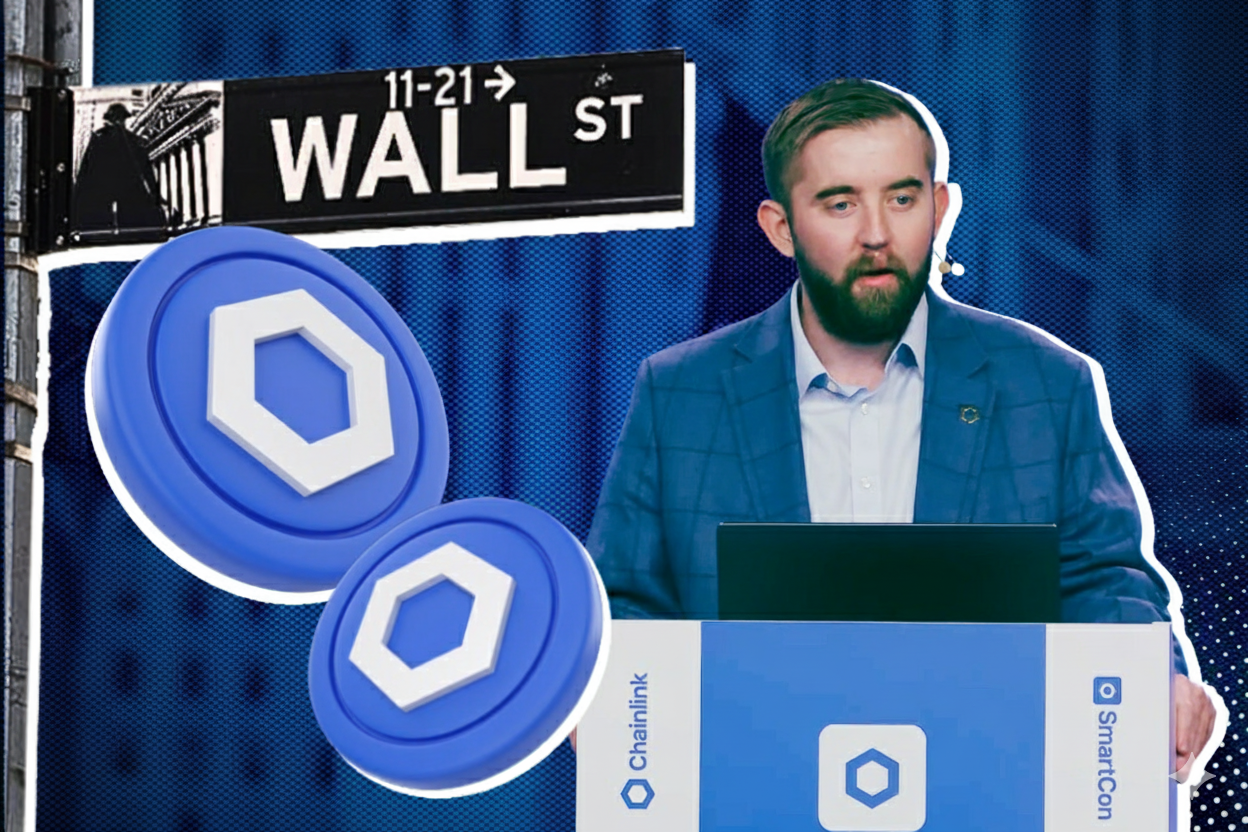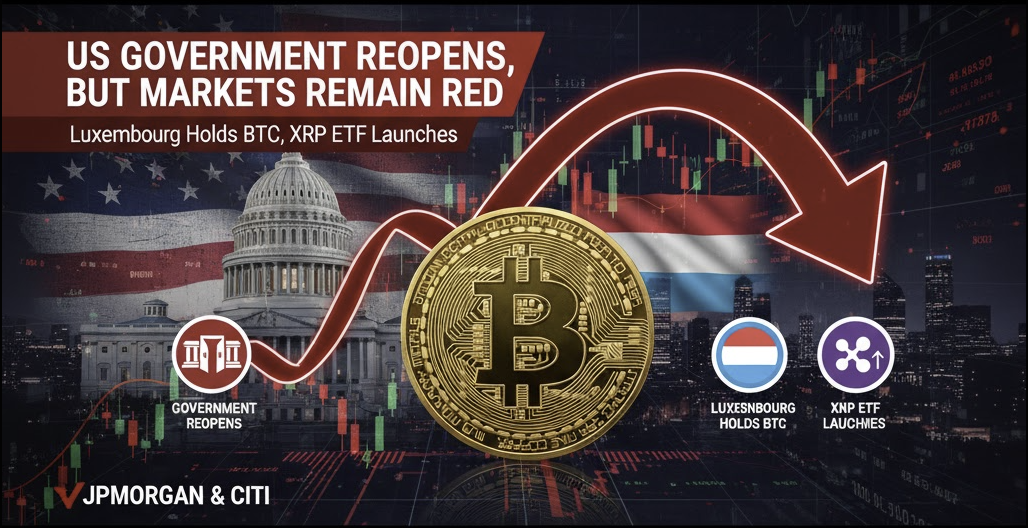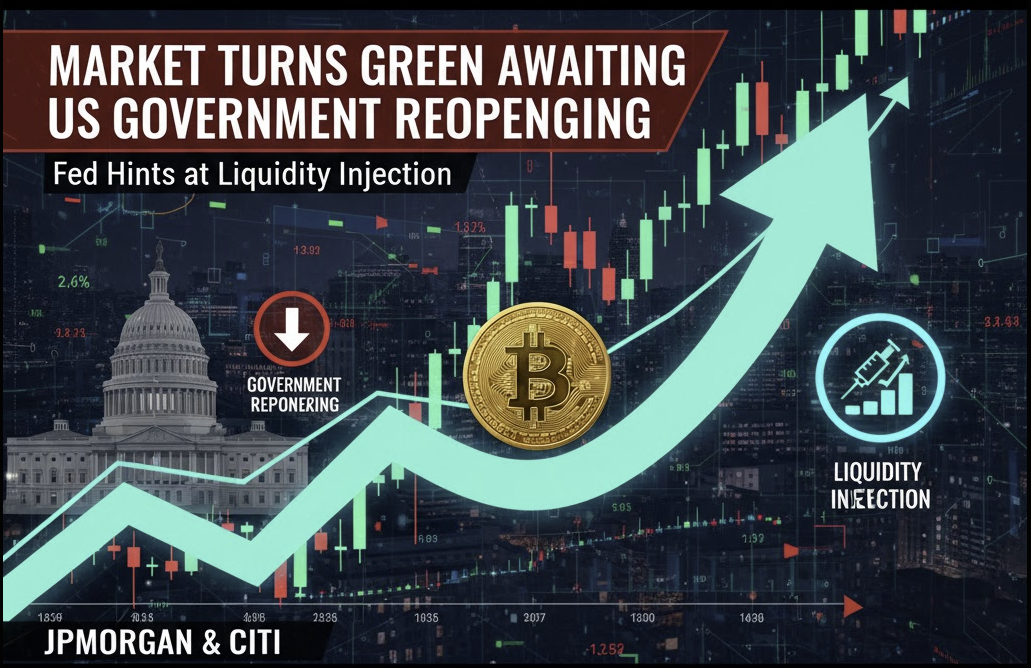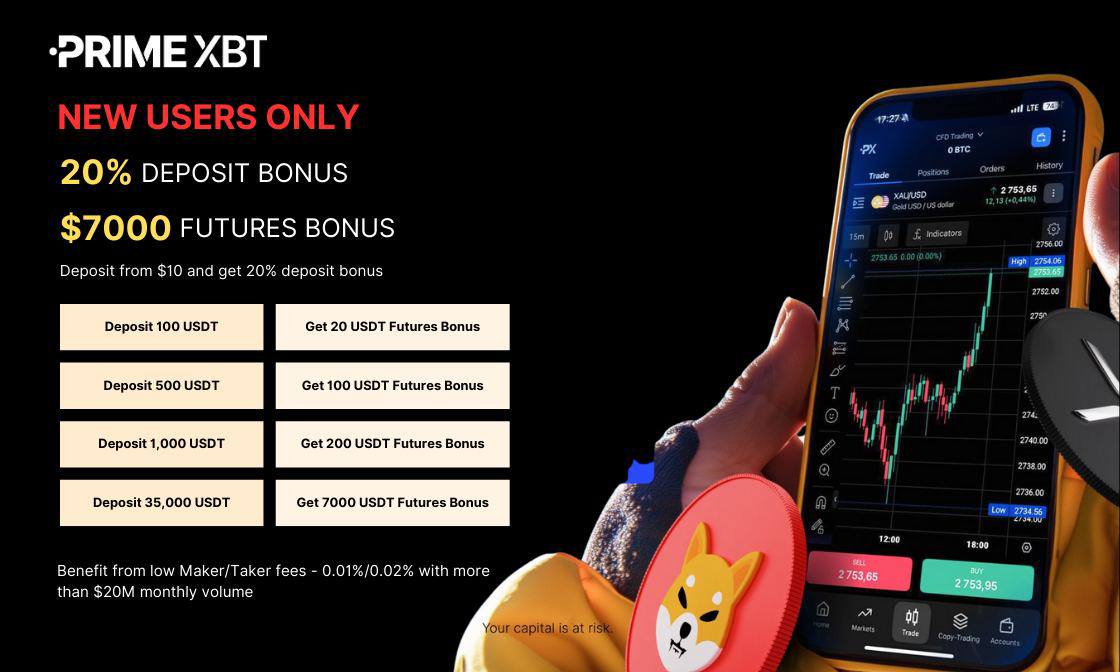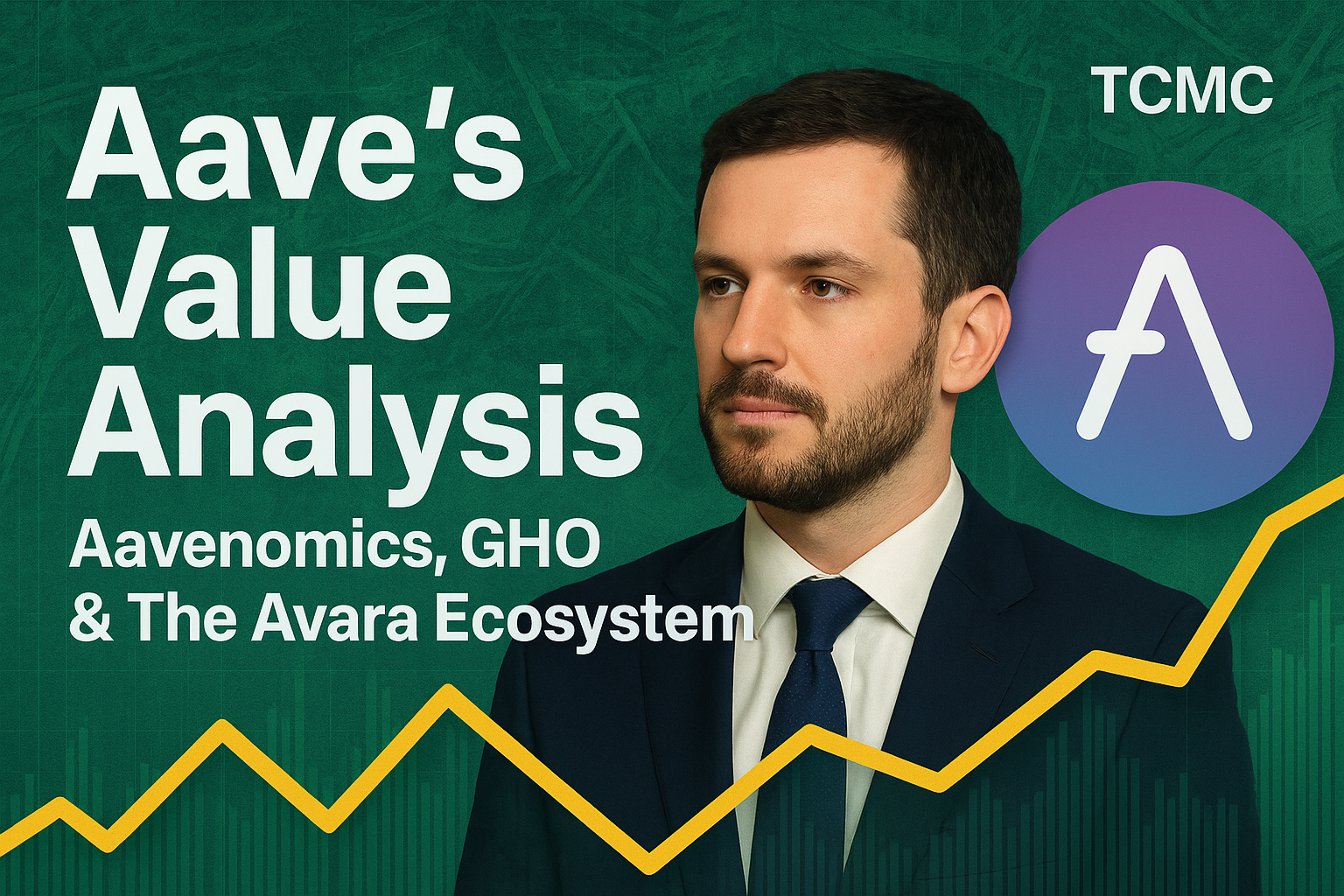VC Coins: Long-Term Strategy with Strong Foundations
VC Coins refer to cryptocurrencies where more than 51% of the supply is allocated to the team and investors, often backed by venture capital firms. Examples include infrastructure projects like $SUI, $APTOS, and $EIGEN, which allocate a significant portion of their supply to ecosystem development and partnerships with major dApps like Aave, Uniswap, and Curve.
The success of these new ecosystems depends heavily on attracting communities, developers, and marketers. Venture capitalists (VCs) tend to invest for the long term, without exiting at 10x profits, especially when 30% of the supply is reserved for long-term growth.
For individual investors, VC-backed coins typically offer more security and lower risk, especially when there is strong commitment to ecosystem growth and improving on-chain metrics.
Memecoins: Short-Term Hype and Liquidity Traps
Memecoins are typically launched via a “fair launch” model, where 100% of the supply is available from the start. However, these coins are often controlled by opportunistic buyers who purchase at low prices and sell high, leaving other investors as exit liquidity.
Influencers frequently buy up large portions of the supply from the open market and build narratives to sustain their positions. As retail investors get caught up in the hype, larger players quietly pull out, leaving smaller investors with significant losses.
Investment Strategy: Weighing Both but Staying Cautious
Investors can trade both VC Coins and Memecoins, but caution is key. Avoid getting swayed by influencer hype. Don’t dismiss VC Coins too quickly either, as narratives can change, and VC-backed coins can experience sudden price growth.
The critical takeaway is to remain vigilant and be ready to exit positions before it’s too late, as most coins, especially memecoins, tend to trend toward zero in the long run.
Final Thoughts
Both VC Coins and Memecoins offer unique opportunities and risks. VC-backed coins provide long-term growth potential due to the steady backing from institutional investors and a focus on ecosystem development. Memecoins, on the other hand, are more about short-term excitement and can lead to massive gains or devastating losses. As always, it’s crucial to perform thorough research and maintain a clear exit strategy.
Additional Information:
- VC Coins like SUI, APTOS, and EIGEN are attracting developers and building strong ecosystems, while memecoins rely on hype cycles for growth.
- Memecoins can be manipulated by large holders who create liquidity traps for small investors.
- It’s important to have an exit plan for both types of investments and remain cautious about hype-driven assets.

